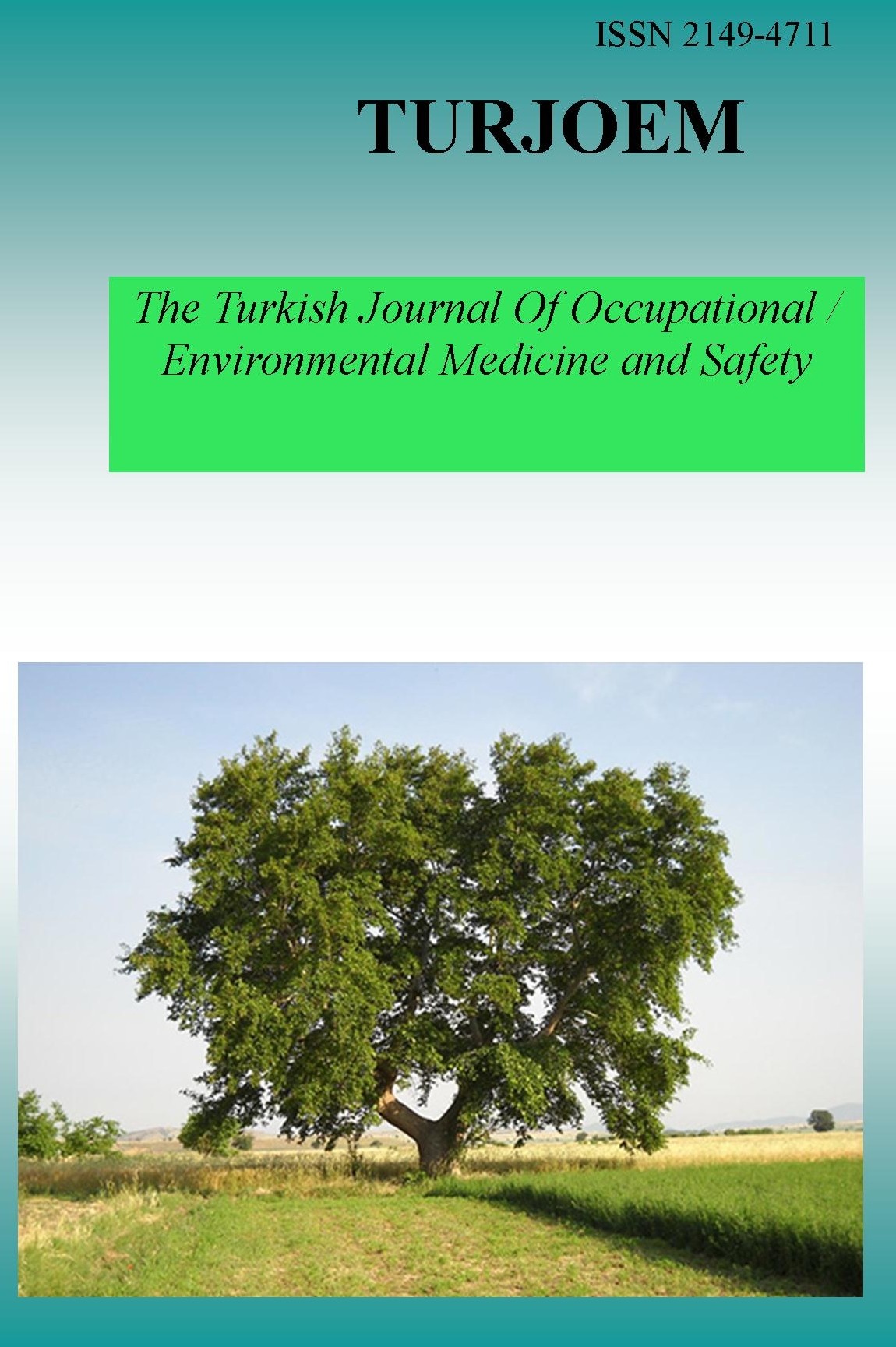GENOTOXIC EFFECTS OF SILICON DIOXIDE NANOPARTICLES IN ALLIUM CEPA
GENOTOXIC EFFECTS OF SILICON DIOXIDE NANOPARTICLES IN ALLIUM CEPA
___
- Özlem ÇALBAY, Fatma ÜNAL, Zekiye SULUDERE, Deniz YÜZBAŞIOĞLU
- Gazi University, Science Faculty, Department of Biology, Genetic Toxicology Laboratory, 06500, Ankara, TURKEY
- ISSN: 2149-4711
- Başlangıç: 2015
- Yayıncı: Engin TUTKUN
Adeleh RASHİDİ, Seyda Fikirdesici ERGEN, A. Cemal SAYDAM, Ahmet ALTİNDAG
Ali Akbar MALEKIRAD, Zahra HAGHANIFAR, Sima BALABANDI, Samira SHAHRJERDI, Mohammad ABDOLLAHI
TOXIC NANOPARTICLES AND TOXICITY
Hikmet Y. ÇOĞUN, Ahmet Turan ALADAĞ, Tüzin AYTEKIN, Özgür FIRAT, Gülbin FIRIDIN, Ferit KARGIN
Gülsüm Handan SINAN, Devrim GÜZEL BAYÜLKEN, Berrin AYAZ TÜYLÜ
Burcu ÜNLÜ ENDIRLIK, Ayse EKEN, Elçin ÖZGER, Aylin GÜRBAY
Şeyda Fikirdeşici ERGEN, Sofia R. MESQUITA, Emrah ACARÖZ, Ahmet ALTINDAĞ, Turgay TEKINAY, Evren TUNCA, Laura GUIMARÃES
SOLUTIONS FOR SCREENING AND QUANTIFYING COMPLEX TOXICOLOGY COMPOUNDS WITH LC-MS/MS AND LC-QTof
GENOTOXIC EFFECTS OF COBALT NANOPARTICLES AND IONIC FORM IN DROSOPHILA
Merve GÜNEŞ, Burçin YALÇIN, Havva ERTUĞRUL, Bülent KAYA
MELATONIN’S PRO-OXIDANT EFFECT IS AN ADVANTAGE OR DISADVANTAGE FOR NORMAL AND CANCER CELLS?
